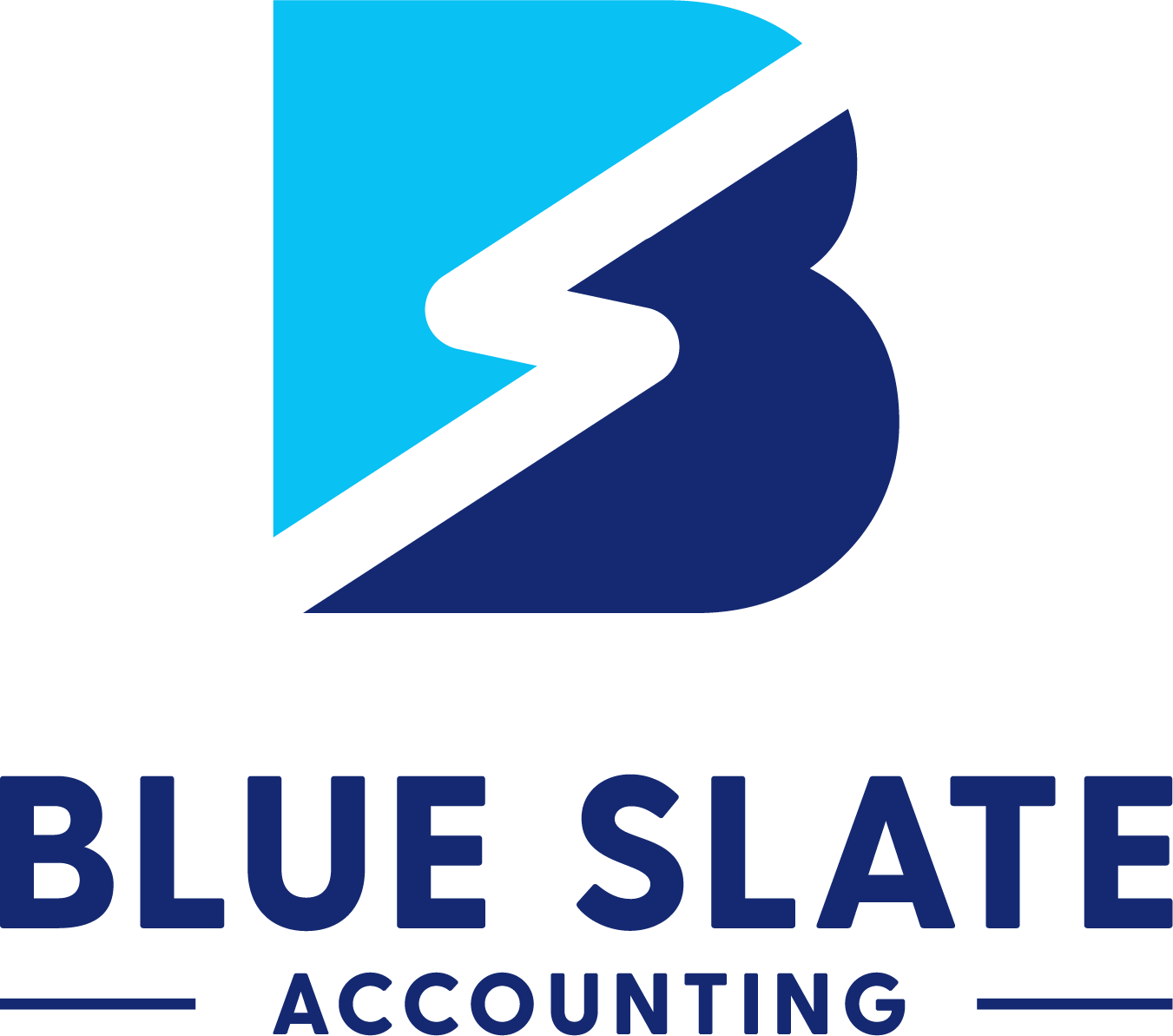IS IT TIME FOR A QUICKBOOKS CHART OF ACCOUNTS AUDIT?
Many business owners use QuickBooks to maintain their accounting records. However over the course of the past year, perhaps business structure and/or offerings have changed. Did you take the time to adjust your chart of accounts and add new entries into Cost of Goods Sold?
Perhaps you have packaged services differently or added new product lines. Have those offerings been grouped appropriately to review profitability? Your chart of accounts should be designed to fit your business.
The financial transactions should be grouped into similar categories. If your business model has changed – it may alter these groupings. Why is this important? By having an accurate picture of these groupings, it gives you good management reporting data. You can’t manage your business if you don’t know how you’re making money, which product lines may be more profitable than others, where you’re spending money, or what your various vendors are costing you. Second, it enables your tax preparer to prepare your tax return in such a way that you’re not either putting yourself at needless risk of audit, or submitting an incorrect return.
The key point in making good use of a chart of accounts in QuickBooks is to strike a healthy balance between having enough detail, but not too much. The detail may begin to lose its meaning if you get to where you have dozens, or even hundreds of accounts. Less is more. Break it down to a manageable detail, but use other features in QuickBooks – such as class tracking – for breakout out transactions by department or location.
It’s the first quarter of a new year. If you haven’t reviewed your chart of accounts and business offerings, now is a good time to get your information in order.










